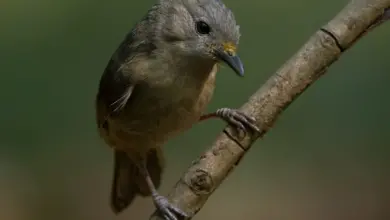Wood Sandpipers
The Wood Sandpipers, Tringa glareola, is a small wader. It is the smallest of the shanks, and breeds in subarctic wetlands from the Scottish Highlands across Europe and Asia. It will nest on the ground, or reuse the old tree nest of another bird, such as the Fieldfare.
It resembles a longer-legged, elegant Green, or Solitary Sandpiper with a short fine bill, brown back, and longer yellowish legs. It differs from the first of those species in that the white rump patch is smaller and less contrasting, and Solitary lacks a white rump anyway. Its closest relative, however, is the Common Redshank, and together they share a sister relationship with the Marsh Sandpiper (Pereira and Baker, 2005). These three species are a group of smallish shanks that tend to have red or reddish legs, and in breeding plumage are generally a subdued, light brown above with some darker mottling, with a pattern of somewhat diffuse small brownish spots on the breast and neck.
They migrate to Africa and southern Asia, particularly India. This bird is usually found in freshwater during migration and wintering.
These birds forage by probing in shallow water or on wet mud. They mainly eat insects and similar small prey.
The Wood Sandpiper is one of the species to which the Agreement on the Conservation of African-Eurasian Migratory Waterbirds (AEWA) applies.





